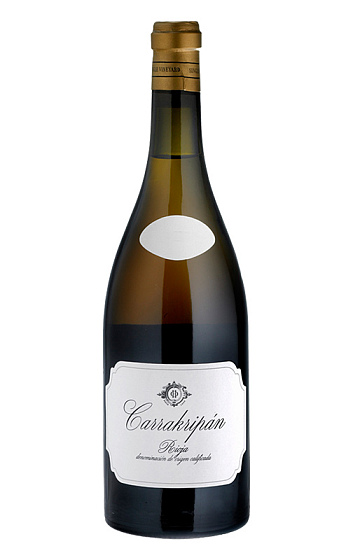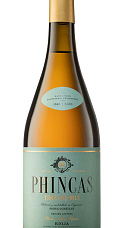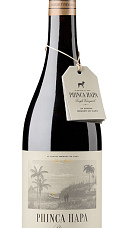Carrakripan 2018
Descripción
Un blanco de carácter único compueto por Viura y pequeñas aportaciones de otras variedades como la Malvasía y la Garnacha blanca. Las uvas proceden de un viñedo, de más de 50 años y a más de 600 metros de altitud, que aporta una gran concentración aromática y afilada acidez al vino. Su fermentación en contacto con las pieles y la crianza en roble aportan gran volumen, potencia e intensidad a este blanco que tiene alma de tinto. Tan sólo se han producido 2.200 botellas de este rioja tan singular como atractivo.
Ficha técnica
Cata
Viñedo y elaboración
Opinión de los críticos
The 2018 Karrakripán is a new white, and it's the freshest and sharpest of the whites and has less impact from the oak. This wine was rejected by the appellation of origin (it's a bit cloudy), and it has an unusual profile, but the Ministry decided that it had to be accepted (!?). It was produced with mostly Viura (from vines averaging 50 years of age), but there are also other varieties, such as Malvasía Riojana and Palomino, that have been organically farmed since 2015 and certified since 2018. It fermented in an 1,800-liter oak foudre and matured in third use 500-liter oak barrels for 20 months, shorter than the majority of Sampedro's whites. It has a nose of pollen, yellow flowers and chamomile, spicy and complex. The palate has very fine tannins and a chalky sensation, nicely textured, balanced, dry and long. 2,200 bottles were filled in October 2020, a few days before I tasted it. I find it to be harmonious—and phenomenal.
This remarkable white wine comes from a vineyard that was planted at 620 metres in 1967, when it was still a very risky thing to do because it was so marginal. Combining co-planted Viura and 10% Malvasía Blanca, it's fermented on skins before ageing in foudres and 500-litre barrels. Quince, orange peel and sourdough flavours are complemented by chalky freshness and a twist of white pepper. A brilliant addition to David Sampedro's range. 2021-28









Esta añada no tiene valoraciones todavía. Pincha en las otras añadas para ver sus valoraciones.